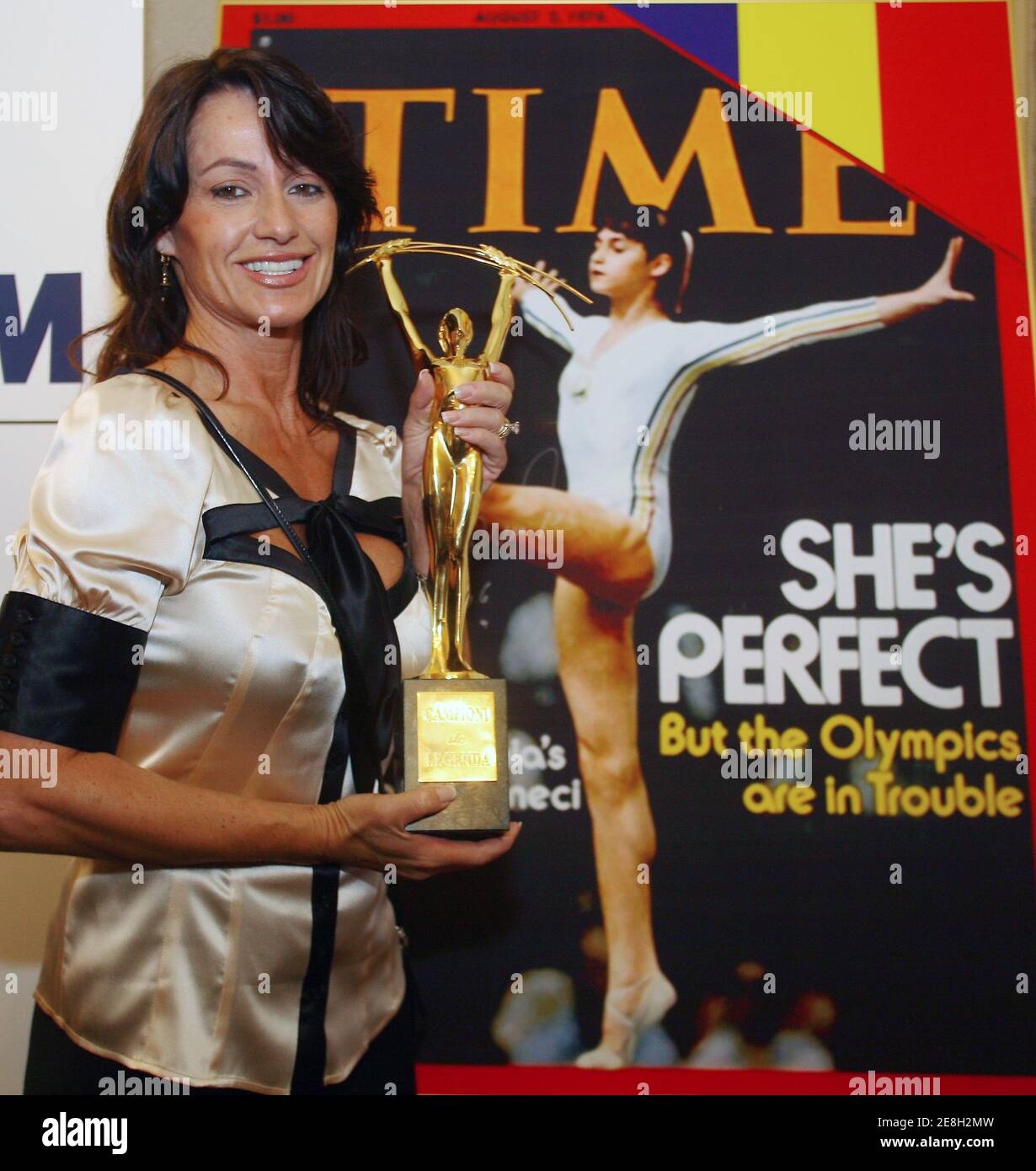
- #Is there a legendary times magazine mod
- #Is there a legendary times magazine mods
- #Is there a legendary times magazine code
- #Is there a legendary times magazine free
Young people began staying out all night, playing in bands, doing drugs, and having a lot of sex. The ‘60s saw a liberation in the social mores of a once stodgy country.
#Is there a legendary times magazine free
While American hippies were taking part in a free love experiment on the west coast, young, hip Londoners were having their own social and sexual revolution. It Wasn’t Called The 'Swinging Sixties' For Nothing
#Is there a legendary times magazine mod
They resisted identifying with either group - when asked to choose Mod or Rocker in A Hard Day's Night (1964 arguably the first Swinging London movie), Ringo answers "Neither. and the Ed Sullivan Show, they were in Mod mode, wearing matching tailored suits. The Beatles are an interesting case - circa 1962, they sported a Rocker look in their black leather duds, and played rock music, including Chuck Berry covers and Lieber-Stoller compositions by 1964, when they "invaded" the U.S. While "mod" was somewhat neutral when used as an adjective, identifying oneself as "a Mod" could carry a stigma.
#Is there a legendary times magazine mods
Newspaper accounts fanned hysteria over the Mod-Rocker feud, but public perception of Mods as thugs is a major reason why Swinging London and Mod culture weren't quite the same thing. Nearly 1,000 young people descended on the outer towns of England to do battle, but there were only around a hundred arrests. The Mods and Rockers actually went to “war” over the weekend of May 16, 1964, in the seaside town of Clacton, an episode that inspired The Who's 1979 film Quadrophenia. The rockers hated the mods, and throughout the ‘60s these two groups were famous for rumbling. They were like the Hells Angels if the Hells Angels had cockney accents. Their music of choice was rock and rockabilly, they rode motorcycles, and they wore leather jackets. These young British toughs took inspiration from the recent past, particularly the greasers of 1950s America and the images of Marlon Brando in The Wild One and Elvis Presley. Their rivals, the Rockers, were a different story.

Much of Mod culture, and certainly its fashion, was compatible with Swinging London and Carnaby Street - the Mods representing an organic "street style" that followed and influenced Carnaby Street. Throughout the ‘60s the Mod scene took on a few permutations, with bands like The Small Faces and The Who cherry picking their favorite things about the culture and bringing them to the world stage. They wore their hair with chopped off bangs, took amphetamines and grooved to R&B. The Mods were moped-riding, fashion-forward extensions of the beatnik culture. In the early and mid-'60s, British youth culture included two feuding tribes with distinct styles: the Mods and the Rockers. You Had To Go To Carnaby Street To Find The Most Chic Looks Born Lesley Hornby, Twiggy was known as the “queen of the mod” and her girlish looks inspired women across the western world to crop their hair short and adopt a disaffected air. Her fashions were seen on the sharpest babes Jean Shrimpton, an icon of the London scene, made the high-rise skirt a must-have after stopping traffic with its eye-popping length (or lack thereof).Īt the same time, London was going gaga for the rail thin 16-year-old model Twiggy.


Quant designed fashion specifically for young people, and with her boutique on the King’s Road, Bazaar, she began selling mind-blowing outfits in groovy colors like sherbet orange and mint green. The woman behind the most important look of the day - the miniskirt - was Mary Quant. If you lived in London you had to look good, and that meant wearing your best duds no matter where you were. When you think of the sharp fashion of the swinging '60s the first things that come to mind are mini skirts, go-go boots, thick eyeliner, and razor-thin suits in all manner of colors. By the mid-1960s, young people in other countries were wearing miniskirts and rocking the Union Jack, and British music was "invading" the four corners of the globe. Everything that happened in this one English city rippled out across the western world and made the world cooler.

The cultural domination of the ‘60s in London can’t be overstated. Throughout the ‘60s there was a cultural explosion - people got weird, the skirts got short, and music got loud.
#Is there a legendary times magazine code
The dress code was sharp and sexy for the models and rock stars who defined the scene, icons like Twiggy, Jean Shrimpton, The Who and the Small Faces. After a decade of post-war austerity, the youth of London were ready to party, and party they did. The Swinging Sixties in London was more than just The Beatles and people saying (in that Austin Powers voice), “groovy, baby.” Swinging London represented a change in attitude and art that brought England to the forefront of culture and fashion in the 20th century.


 0 kommentar(er)
0 kommentar(er)
